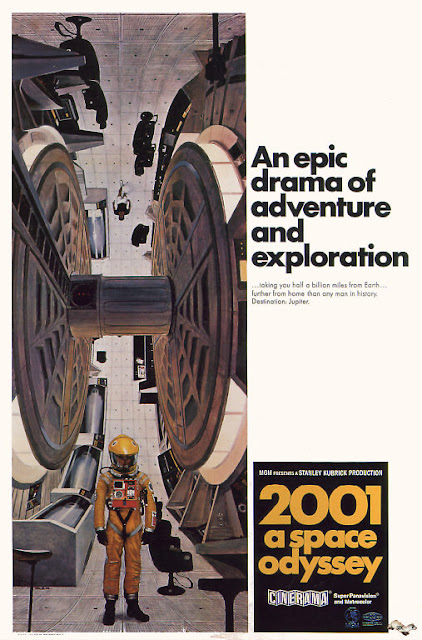Deep End (1970) Directed by Jerzy Skolimowski
 |
Illustration Juulia NiinirantaIn their latest review, Nick Triani and Astrid Swan both enjoy Jerzy Skolimowski’s stunning and rediscovered film Deep End, whilst struggling with the dark sexual themes on show.NICK I first came across Deep End in an article David Thomson wrote for The Guardian about lost movies, seven years ago. It registered with me (mainly because of Thomson), and then a year or so later (2011) the movie was re-released in British cinemas and restored to its former, critical standing. Before I get to Deep End, a few words on Thomson: His name was one I encountered reading many movie magazines and film reviews over the years, especially in reference to Thomson’s essential The New Biographical Dictionary of Film. He is probably regarded as one of the greatest film critics going (but that doesn’t reveal much). I’ve read quite few of his books, the aforementioned Bibliography, his Hollywood history The Whole Equation, the Orson Welles biography Rosebud and his small book on the Alien Quartet (among a host of others). Thomson has been influential in my thinking on cinema and film in general; his style is easy, but also contrary, which I like (and yes, I often disagree). But if you’re a stranger to Thomson’s writing, I highly recommend. Anyway, his few words on Deep End all those years ago, steered me in the film’s direction and led me to picking the movie up on DVD late last year on a visit to London. Deep End is an unusual film. It has big nods to the French New Wave in its stilted naturalness (and has since been regarded as part of a British New Wave from the late 1960s). At first glance it could be a film about class in London at the start of the 1970s (and certainly makes some observations on class). More intriguingly, Deep Endis actually preoccupied with sex and sexual roles. And although lurking somewhere there could be a typical idealized romance, most of the sex depicted, realized or commented on is seedy, dirty, unwanted and sinister. At times whilst watching Deep End I felt it offered a portrait of an underclass legion of sex obsessed inhabitants who are either getting plenty of sex, offered plenty of sex or merely dreaming of getting plenty of sex. You’ll understand also why I think the soundtrack – featuring some fevered Cat Steven’s tunes and most memorably Can’s epic ‘Mother Sky’ – ads to the general high level of production throughout. Even more fascinating for a film that captures a lot of the feeling of London at this time, is that Polish director Jerzy Skolimowski shot most of the film in Munich, only using the films ‘fictional’ home of London for a couple of location shots.
Jane Asher (at the time most notable for being Paul McCartney’s girlfriend during those swinging 60s) plays bathhouse attendant Susan whose job it is to train new co-worker, 15-year-old drop-out Mike (an excellent John Moulder Brown). The job often entails sexual favours to clients for extra tips, best illustrated by a very voluptuous Diana Dors sexually pursuing Mike while climaxing reciting a soliloquy on the greatness of footballer George Best (I kid you not). Susan is a flirt and loose with it, and soon enough the impressionable Mike is dangerously infatuated with her. Asher really is amazing here in a largely unforgiving role which requires a natural touch and a bit of vulnerable bravery. Amongst all the sometime sordid stereotypes, Skolimowski always manages to inject a heady dose of realism, whilst the camerawork and use of composition is generally excellent. Deep End is at its most startling in an amazing end coda which offers a visual dream-like state where color and mood genuinely create a sense of intense, accidental horror. Deep Endreminded me somewhat of a slacker version of the equally strange, yet powerful Michael Powell shocker from the early 1960s, Peeping Tom. In other words, I can’t recommend it enough. ASTRID The Deep End is a stunningly colorful, simultaneously worn-out and magical-looking movie about awakening to sexuality and desire. It reminds me of the 1960s Jean-Luc Godard movies, but is less poetic. Instead of poetry, this film goes for an everyday feel, a rusty believability. Mike, 15, (John Moulder-Brown) becomes infatuated with Susan (Jane Asher) the minute he sets eyes on her at his new job as an assistant in the baths. While he adjusts to his job, he gets sexually abused and harassed. He is plonked into the middle of adult power games with sex at the heart of things. The location of the baths is creepy in its accuracy. Pools and baths have for centuries served as places of sexual exploration and exploitation. I feel physically vulnerable and uncomfortable watching some of the scenes in this movie. While Deep End is a visual masterpiece and Jane Asher is great in her role, the movie carries some troubling messages. I can be happy that the film shows women as desiring and sexual beings, but I’m not too eager about the way it represents a woman’s sexuality as troubling and ultimately death producing. As Susan plays with her position as the object of many people’s desire, she undulates between positions of control and victimhood. Her desire appears more in the games she plays with the ones who want her, than in direct sexual acts. Heterosexual male desire, on the other hand, appears as possessive, controlling and disrespectful of anyone’s boundaries. Ultimately the film normalises violence towards women by suggesting that it is a causal effect of unfulfilled desire.
But what about the 15-year-old Mike? Isn’t he both the victim and the violator in this? I think he is. In a very short time he goes from an innocent boy (with little understanding of the reasons why people in the baths behave the way they do) to a desiring and sexually curious person in love. And then, just as quickly, he becomes a killer. The structural silence surrounding sexuality and the structures of masculinity and femininity as they appear to him are not helpful in guiding him through the emotions he experiences. Despite the somewhat obvious flaws, this movie was very enjoyable and aesthetically stunning. It left me thinking about the public bath systems in different countries and their intersections with class in addition to sexuality. |










Comments
Post a Comment